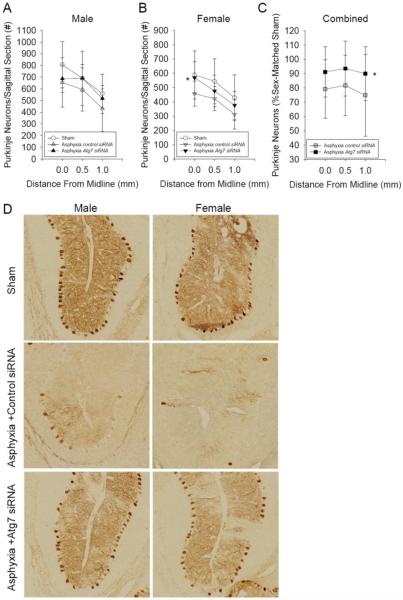Figure 3. Reduction in ischemia-induced motor dysfunction using Atg7 siRNA.
A–C. Beam balance performance on days 1–5 after asphyxial cardiac arrest or sham surgery. Data are presented as the time required to successfully pass the test (defined as the duration where 90% of age-matched sham rats pass) in male rats (A), female rats (B), and male and female rats combined (C). D–F. Inclined plane performance on days 1–5 after asphyxial cardiac arrest or sham surgery. Data are presented as the time required to successfully pass the test (defined as the duration where 90% of age-matched sham rats pass) in male (D), female rats (E), and male and female rats combined rats (F). For sham n = 12/group, for asphyxial cardiac arrest n = 9/sex/group, female and male rats combined for panels C and F, *P = 0.02 vs. control siRNA, Log rank test.

